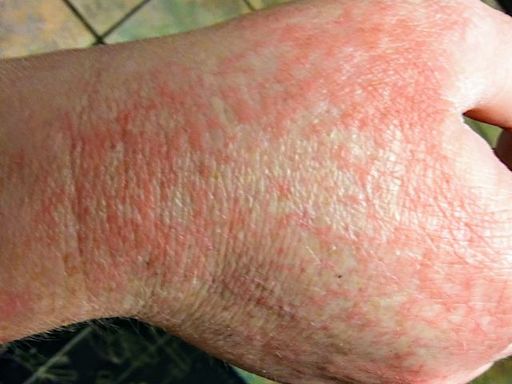Search results
Mar 15, 2024 · COVID-19 is caused by infection with a coronavirus named SARS-CoV-2, and flu is caused by infection with influenza viruses. You cannot tell the difference between flu and COVID-19 by symptoms alone because some of the symptoms are the same. Some PCR tests can differentiate between flu and COVID-19 at the same time.
Nov 10, 2023 · COVID-19 is a respiratory condition caused by a coronavirus. Some people are infected but don’t notice any COVID-19 symptoms (doctors call that being asymptomatic).
- 46 sec
- Alexandra Benisek
Mar 27, 2024 · Critical COVID-19 illness means the lung and breathing system, called the respiratory system, has failed and there is damage throughout the body. Rarely, people who catch the coronavirus can develop a group of symptoms linked to inflamed organs or tissues. The illness is called multisystem inflammatory syndrome.
Muscle or body aches. Sore throat. New loss of taste or smell. Diarrhea. Headache. Fatigue. Nausea or vomiting. Congestion or runny nose. Some of these symptoms are very common and can occur due to many conditions other than COVID-19, the disease caused by the coronavirus called SARS CoV-2.
Mar 1, 2024 · They include fatigue, sore throat, congestion, runny nose, headache, body aches and cough. “All or any of those in isolation can still be Covid,” Dr. Gandhi said. Some people may develop ...
Jan 11, 2022 · The most common symptoms are: a gradually worsening fever. a gradually worsening cough. fatigue. shortness of breath. loss of taste or smell. Some people with COVID-19 may sometimes experience ...
Nov 26, 2020 · Common symptoms of Covid-19, the disease caused by the coronavirus, include fever, a dry cough, fatigue, chills, muscle pain, sore throat, headache, a loss of the sense of taste or smell and ...







